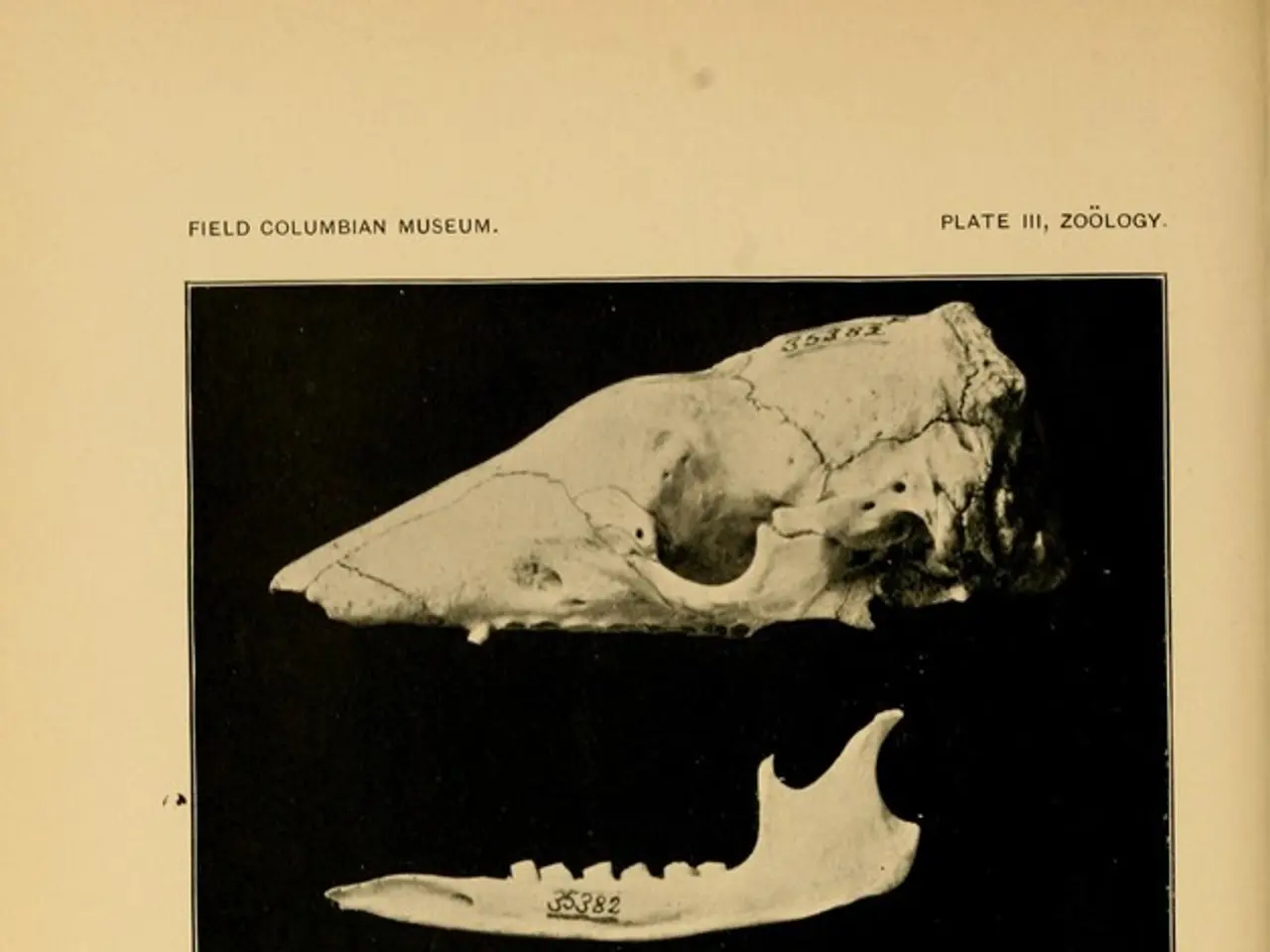Exoplanet Habitability: Understanding & In-depth Discussion - Glossary of Planetary Science
Exoplanets, celestial bodies orbiting stars outside our solar system, have become a subject of immense interest for scientists worldwide. These worlds, similar in composition to Earth and located within the habitable zone of their star, are prime candidates for hosting life.
Habitability, the conditions that allow life as we know it to exist, is a key consideration when studying exoplanets. Factors such as the presence of liquid water, a stable atmosphere, and a temperature range that allows for life forms to thrive are crucial in determining a planet's potential habitability.
Scientists determine the potential habitability of exoplanets mainly by analyzing their atmospheres, surface conditions, and climatic parameters using advanced observational and modeling methods. One such method is transit spectroscopy, where scientists observe starlight passing through an exoplanet's atmosphere during transits, particularly in ultraviolet wavelengths, to detect atmospheric components and measure atmospheric escape rates. This helps assess if small rocky planets in habitable zones retain Earth-like atmospheres or are losing them, critical for potential habitability.
Another approach involves modeling habitability probabilities. Researchers develop joint probability models incorporating known planetary conditions, such as temperature and pressure, to estimate the likelihood that life forms similar to Earth’s archaea or methanogens could survive. These models prioritize exoplanets for further study based on probabilistic assessments of habitability traits.
Machine learning classification of exoplanets is another tool in the astronomer's toolkit. Advanced computational techniques like vision transformers analyze time-series data from missions like NASA’s Kepler to classify planetary transits and infer characteristics relevant to habitability. Transforming raw data into images enables precise model predictions of planet types.
While the search for signs of surface liquid water is ongoing, it is a core habitability indicator. Techniques generally involve atmospheric spectral signatures, climate models, and direct detection methods where feasible.
The discovery of a habitable exoplanet would provide evidence that Earth-like planets are not rare in the galaxy and that the conditions for life may exist elsewhere. This revelation could inspire new generations of scientists to study the possibility of life beyond our solar system, leading to new advancements in space exploration. The implications of discovering a habitable exoplanet are far-reaching and could have a profound impact on our understanding of the universe.
In conclusion, the study of exoplanets has revolutionized our understanding of the universe, offering a new frontier in astrobiology. By understanding the factors that determine a planet's potential habitability, scientists are able to identify promising candidates for further study and potentially discover worlds that may harbor life. The discovery of a habitable exoplanet would be a monumental step in our quest to understand the cosmos and our place within it.
References:
- Seager, S., Deming, D., & Howard, A. (2010). Exoplanetary Atmospheres. Annual Review of Astronomy and Astrophysics, 48, 569-603.
- Kopparapu, R. K., Shields, J. C., & Kasting, J. F. (2013). Habitable Zones around M, K, and G Stars. The Astrophysical Journal, 778, L12.
- Gillon, M., et al. (2017). A multi-planet transit system around a nearby ultracool dwarf. Nature, 542, 456-460.
- Luger, L., et al. (2020). The habitable zone and the search for biosignatures in the atmospheres of exoplanets. Annual Review of Earth and Planetary Sciences, 48, 645-672.
- Lustig-Yaeger, S., et al. (2019). Biosignatures in the atmospheres of exoplanets. Annual Review of Astronomy and Astrophysics, 57, 571-609.
Scientists are using advanced methods to analyze the potential habitability of exoplanets, delving into their atmospheres, surface conditions, and climatic parameters to determine if they resemble Earth's health-and-wellness conditions. The discovery of a habitable exoplanet, a world hosting life as we know it, could revolutionize environmental-science, potentially leading to renewed interest in space exploration and the pursuit of life beyond our solar system.




